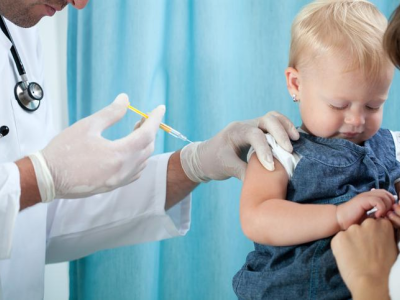The US Food and Drug Administration (FDA) today unveiled a new strategy for ensuring the safety of imported foods, part of a comprehensive food safety overhaul in the wake of the FDA Food Safety Modernization Act of 2011.
The FDA aid the United States imports about 15% of its food supply from more than 200 countries or territories, and that the quantity of imported foods is rising.
Same standards as domestic food
In a statement today, the FDA said the new imported food safety strategy has four key goals: prevent food safety problems in the foreign supply chain before entry into the United States, detect and refuse entry of unsafe food at the border, respond quickly to reports of unsafe imported food, and measure progress to ensure that the imported food safety program is effective and efficient.
As part of the strategy, the FDA said it is taking new steps to ensure that imported food meets the same standards as domestically produced food. And onsite inspections—valuable but resource-intensive—will shift to a more modern focus, featuring tools for risk-based prioritization of firms for inspection, weaving in more data and input from other oversight activities and partners.
The FDA highlighted the launch of a third-party certification program for preventing imported food safety problems before products enter the country. The launch dovetails with a voluntary qualified importer program to expedite review and entry based on safety assurances from certification program audits.
The importer program also offers the FDA more data for oversight and risk assessment activities.
As another prevention step, the FDA's new strategy outlines the use of a system to recognize that certain countries have food safety systems and oversight that provide public health protection comparable to the United States'. The agency added that leveraging partnerships with countries that have strong food safety programs can help the agency focus efforts on higher-risk areas. So far, Canada, New Zealand, and Australia have been recognized as having comparable systems.
Other elements of the strategy, for example, include incorporating data from foreign supplier verification programs into the its screening of high-risk foods through the Predictive Risk-based Evaluation for Dynamic Import Compliance Targeting (PREDICT) system, targeting surveillance sampling to monitor imported food, and improving the response to food safety incidents, such as mandatory recalls and import alerts.
The agency said it is already working on performance measures and outcome indicators for imported food safety, which it will publish as it becomes available.
'Data-driven' approach
"Overall, our modern strategy is designed to leverage our different authorities and tools to provide a multi-layered, data-driven, smarter approach to imported food safety. We recognize that the FDA plays an important oversight role in securing consumer safety," a statement from FDA Commissioner Scott Gottlieb, MD, and Deputy Commissioner Frank Yiannas said.
"We're fully committed to keeping our food safety mission robust and highly effective in this increasingly complex and global food landscape."
See also:
Feb 25 FDA statement
Feb 25 FDA imported food safety strategy






















